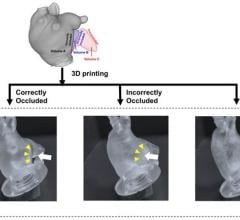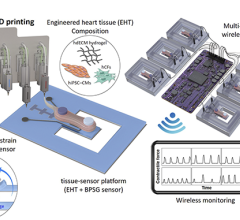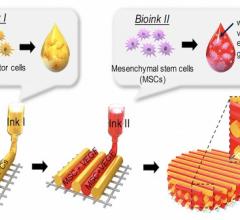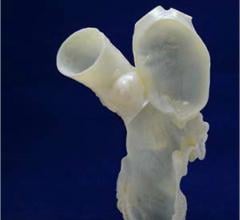Magnetic resonance imaging (MRI) is a technology that has been around for more than four decades and is a staple in healthcare. Like other long-established technologies, there have been ongoing ...
Medical 3-D Printing
This channel includes news and new technology innovations for 3D printing, also referred to as rapid prototyping or additive manufacturing. 3-D printing is used in medicine to aid complex procedural guidance, procedure planning and medical education involving unique cases or disease states.
Dec. 10, 2025 — The Singapore-MIT Alliance for Research and Technology (SMART), Massachusetts Institute of Technology’s ...
Earlier this year, Materialise, a global supplier of 3D printing software and services, acquired FEops, a Belgian ...
December 11, 2023 — Mentice AB, a world leader in simulation solutions for image guided interventional therapies ...

Magnetic resonance imaging (MRI) is a technology that has been around for more than four decades and is a staple in ...
April 18, 2023 — Findings from an award-winning Scientific Online Poster presented during the 2023 ARRS Annual Meeting ...
March 29, 2023 — Cardiotoxicity is a clinical condition that arises from using pharmaceutical agents such as antibiotics ...

The gallery includes photos of medical imaging technologies from across the expo floor at the Radiological Society of ...
July 27, 2021 -- Cardiovascular diseases account for 32% of global deaths. Myocardial infarction, or heart attacks, play ...
Tom Jones, M.D., director, cardiac catheterization laboratories, Seattle Children’s Hospital, explains some of the new ...

With increasing complexity of interventional structural heart disease and congenital heart disease interventions, 3-D ...
September 2, 2020 — Patient-specific organ models are being used by the University of Minnesota to better prepare for ...
July 16, 2020 — In a groundbreaking new study, researchers at the University of Minnesota have 3-D printed a functioning ...
August 8, 2019 — The Radiological Society of North America (RSNA) and the American College of Radiology (ACR) will ...
This is a sample of the 3-D printed hearts and coronary anatomy models created from patient CT scans to enable ...
This 360 degree photo shows Dee Dee Wang, M.D., director of structural heart imaging, Henry Ford Hospital, Detroit, Mich ...





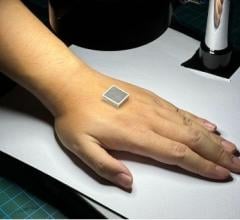
 December 10, 2025
December 10, 2025


